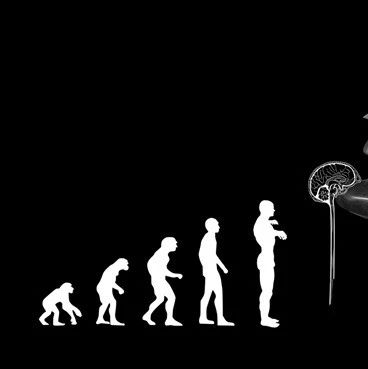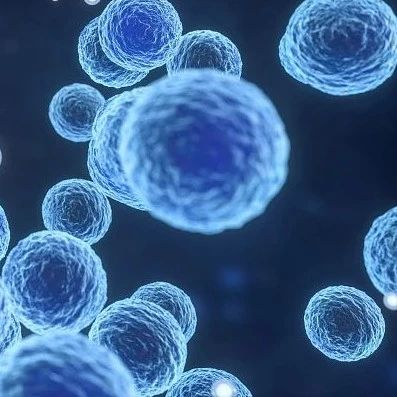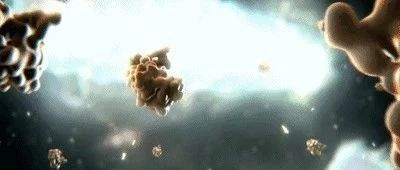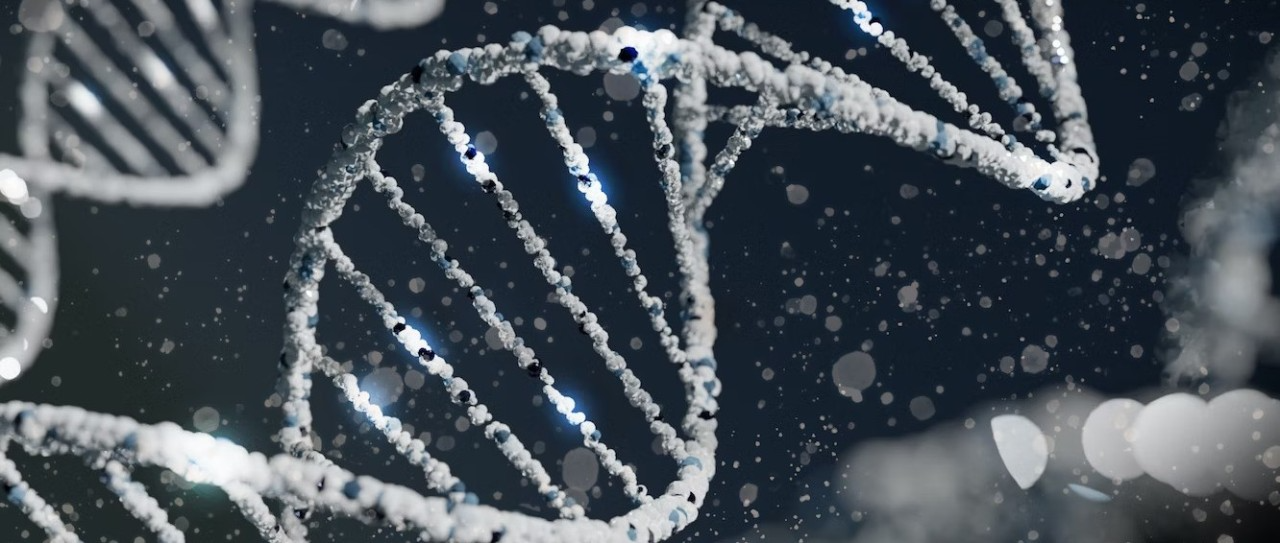澳大利亚一位科学家在16号表示他发现了一种新的方法,可以在实验室将人类细胞内的艾滋病毒进行改造,使其对自身发起攻击。这是在寻求治愈艾滋病道路上的一个重要进展。

来自澳大利亚昆士兰医学研究所的David Harrich表示,他把一个帮助HIV传播蛋白质进行了修饰,将之变成了有效的“抑制子”。将改造后的蛋白质引入到被HIV锁定的免疫细胞后,可以降低病毒感染后复制的速度。这一实验是在培养皿中进行的,在进入人体实验之间还需要开展周密的动物研究。
Harrich对此发现表示惊喜:“我从来没见过这种现象。修饰后的蛋白质一直保持着它的效力。”Harrich和他的团队讲这一研究成果发表在了Human Gene Therapy杂志上,他们表示这个被命名为Nullbasic的将一些细胞内的病毒的复制速度降低了8到10倍。他们表示如果研究进展顺利,他们将研发出新的艾滋病疗法。
不过并不是每个人都对此表示乐观。来自牛津大学的HIV疫苗研究科学家Frank Wegmann就表示“这离应用还远的很”。开发一个新药不是一件容易的事情,他说,因为需要将“设计”好的信息引入到接受治疗的患者的基因中去。他解释说:“血液的免疫细胞是主要的HIV感染细胞,如果要想用这种新蛋白进行治疗,那么需要……使所有的免疫细胞都能产生这种蛋白质。”这就涉及到基因治疗——一个复杂、不成熟、具有潜在风险而又十分昂贵的选择。“他们(指澳大利亚的科学家)解决了部分问题。他们对其(指基因治疗)进行部分的试验,但是不是真正在病人或受感染者中进行的,仅仅是在实验室中而已。”
Harrich说Nullbasic具有抑制病毒传播以及治疗已经患有艾滋病的患者的潜力。他将这一方法称之为“以毒攻毒”。“病毒可能会感染细胞,但是它不会传播,”他说。“你会成为携带者,这并不能彻底治愈你,但是病毒会保持休眠而不会被唤醒。”“进行这样的治疗,患者可以保持健康的免疫系统。”HIV感染者被确证为艾滋病的条件是他们CD4免疫细胞的数量降至每微升血液200个以下,或者是发生22种感染中的任何一种,例如癌症或者结核病等。
大多数感染HIV的人如果不进行治疗都会在10至15年后发展为艾滋病。抗逆转录病毒治疗则会延长这一窗口期。Harrich说,如果被证实有效,这种新的Nullbasic疗法则会无限期地抑制HIV的传播,从而终止这一致命的疾病。对艾滋病患者实施基于单一蛋白的疗法,可以让患者从繁重的多药物治疗中摆脱出来,这意味着更好的生活治疗和更低的治疗花费。
据称,动物实验将在今年启动。不过即便一切进展顺利,基于Nullbasic的治疗方法要进入使用也差不多是10年以后的事情了,Wegmann表示。他说:“有潜力的治愈方法很多,但是目前为止还没有见效的,不知道是否能找到有效的治愈方法。我们需要等到有动物试验和临床试验结果了才能判断。”

 A mutant Tat protein provides strong protection from HIV-1 infection in human CD4+ T cells.
A mutant Tat protein provides strong protection from HIV-1 infection in human CD4+ T cells.
Apolloni A et al.
Here we show potent inhibition of HIV-1 replication in a human T cell line and primary human CD4+ cells by expressing a single antiviral protein. Nullbasic is a mutant form of the HIV-1 Tat protein that was previously shown to strongly inhibit HIV-1 replication in non-hematopoietic cell lines by targeting three steps of HIV-1 replication: reverse transcription, transport of viral mRNA and transactivation of HIV-1 gene expression. Here we investigated gene delivery of Nullbasic using lentiviral and retroviral vectors. While Nullbasic could be delivered by lentiviral vectors to target cells, transduction efficiencies were sharply reduced primarily due to negative effects on reverse transcription mediated by Nullbasic. However Nullbasic did not inhibit transduction of HEK293T cells by an MLV-based retroviral vector. Therefore, MLV-based VLPs were used to transduce and express Nullbasic-EGFP or EGFP in Jurkat cells, a human leukaemia T cell line, and Nullbasic-ZsGreen1 or ZsGreen1 in primary human CD4+ cells. HIV-1 replication kinetics was similar in parental Jurkat and Jurkat-EGFP cells, but was strongly attenuated in Jurkat-Nullbasic-EGFP cells. Similarly, virus replication in primary CD4+ cells expressing a Nullbasic-ZsGreen1 fusion protein was inhibited by approximately 8 to 10-fold. These experiments demonstrate the potential of Nullbasic, which has unique inhibitory activity, as an antiviral agent against HIV-1 infection.
文献链接:A mutant Tat protein provides strong protection from HIV-1 infection in human CD4+ T cells.







